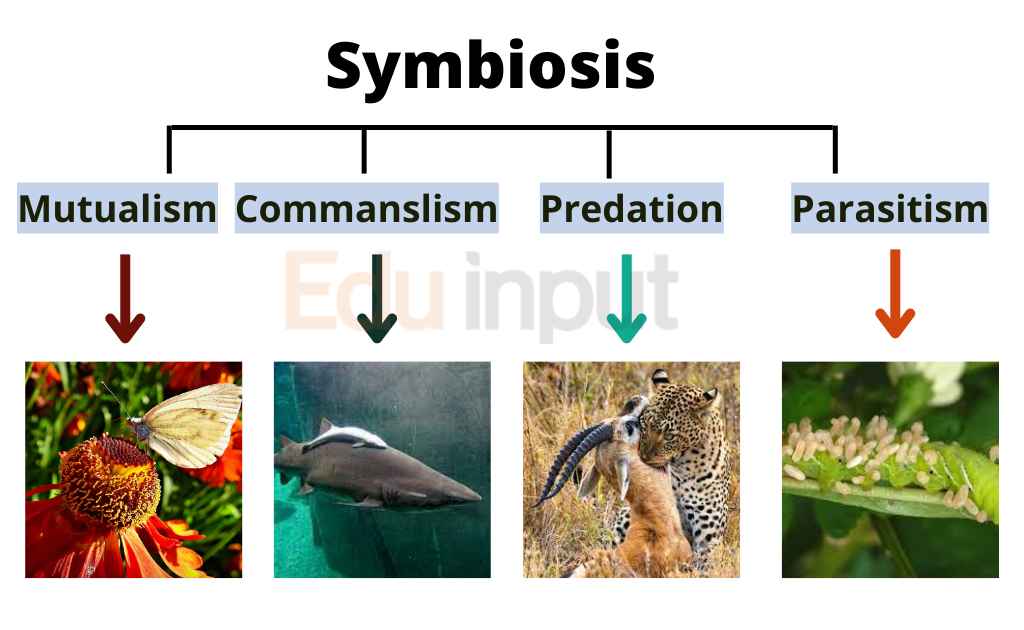Taxonomic Status of Fungi-Formation Of Kingdom Fungi
Fungi are eukaryotic organisms that have no true nucleus. They are made up of Hyphae. Hyphae are long thread-like cells that branch out and create networks throughout the body of a fungus. These networks allow for the exchange of materials between the hyphae and the outside environment.
Taxonomic Status of Fungi
Fungi were placed earlier in the plat kingdom Later and were given the status of a separate kingdom Fungi.
Relationships Of Fungi With Plants
Fungi share some same characteristics as plants;
Similarities With Plants
Fungi show the following resemblances with the plants
- Both have a cell wall.
- Both lack centrioles.
- Both are non-motile.
Difference From Plants
They were separated from the plant kingdom, because of the following differences;
- Fungi are heterotrophic, whereas plants are autotrophic
- The cell wall of fungi is composed of chitin. On the other hand, the cell wall of plants is composed of cellulose.
Relationships Of Fungi With Animals
Fungi resemble more animals than plants.
Resemblances Of Fungi With Animals
They show the following resemblances with animals
- Fungi are heterotrophs like animals. But plants are autotrophs
- Fungi have cell walls made of chitin, which is also what arthropods’ external skeletons are composed of. Cellulose makes up plant cell walls. Because of these similarities, some mycologists believe that fungi and animals share a common ancestor.
Differences from the Animals
Fungi have the following differences from animals:
- Fungi have a cell wall but it is absent in animals.
- Fungi are absorptive heterotrophs.
- Fungi are non-motile.
- They absorb food. But animals ingest food.
Special Characters Of Fungi
Fungi show some special characters. So they are neither plants nor animals.
a) The DNA studies of fungi have confirmed that fungi are different from all other organisms,
b) Nuclear mitosis is a type of mitosis that is characteristic of fungi. In this type of mitosis, the nuclear envelope (nuclear membrane) does not break during mitosis. Instead, the mitotic spindle is formed within the nucleus. The nuclear membrane constricts between the two clusters of daughter chromosomes and divides the nucleus. In some fungi, the nuclear envelope disappears during this process.
Formation Of Kingdom Fungi
Thus fungi are distinct organisms from plants, animals, and protists. So they are given the status of a separate kingdom called kingdom Fungi.
Fungi are eukaryotic organisms that include microorganisms such as yeasts, molds, and mushrooms. These organisms are classified under the kingdom fungi. Fungi are distinct from other eukaryotic organisms in several ways, including their cell walls, nutrition, and reproduction.

 written by
written by 


Leave a Reply